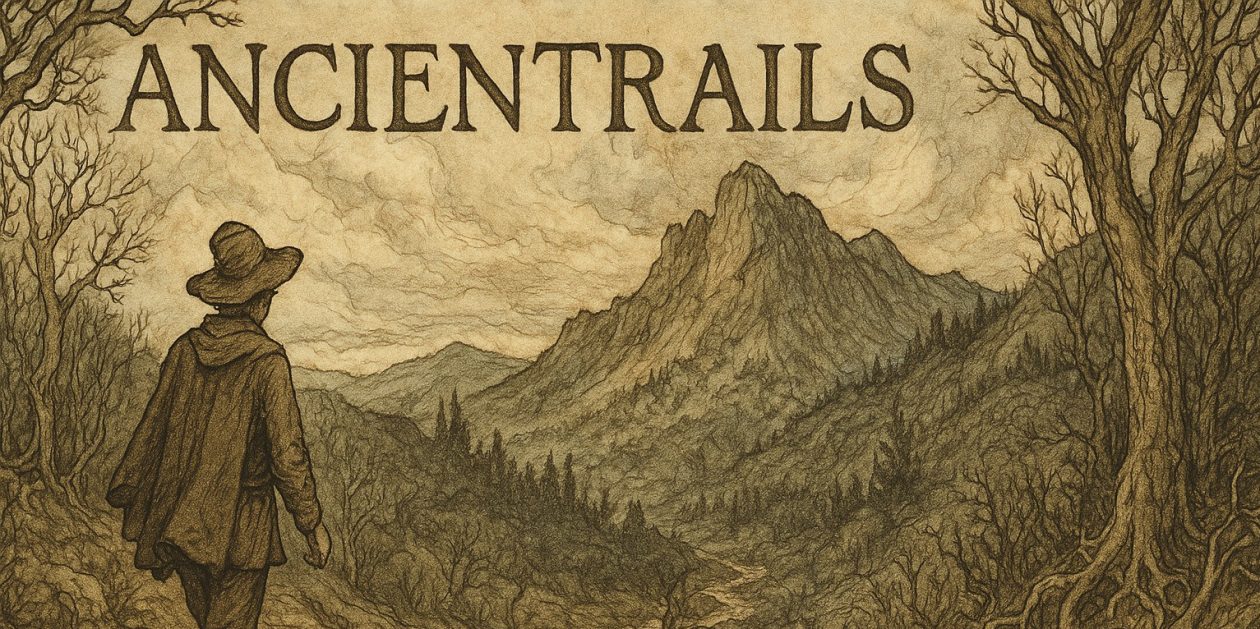Spring Waxing Moon of the Southern Cross
To the southeast of the Veendam, low in the sky, a slivered crescent of moon hangs at the bottom of the darker lunar circle. This moon decorates our southern sky, carrying with it the flags of Islam and the romance drawn from us as the moon shows itself in elegant portions, exciting the imagination and wakening the dark heart.
From a norte americano perspective a dark heart beats just under the gaiety and high color of Latin cultures. Those bleeding statues of Jesus, the dessicated corpses kept in crypts and sometimes under the altar like Peter Clavier in Cartagena. The bull fights, although that is not so much, if at all, South American.
Then there is the white city, ciudad blanca, in Guyaquil. We drove past it today on our after Hacienda Castillo tour of Guyaquil. It goes on for blocks, filled with white homes; it climbs the steep side of the hill, too. This cemetery. This place where in the 19th century wealthy residents imported Carerra marble, the stone of choice of Michaelangelo, to build crypts, mausoleums and statuary. This place where social status is no longer fungible, rather it has become literally cast in stone.
There were streets and alley ways, columbarium after columbarium, three deep and 6 or 7 each across the portion of the cemetery near the street, standing perhaps as high as a two story building. There were whole sections of mausoleums, large crypts for the wealthy deceased. Here the family name has durability, staying power.
A man beloved by Ecuadorians, Victor Estrada, has an especially striking monument, a half-moon of Ionic pillars capped by a marble facade with Estrada’s name carved in dark letters. Encased in a bronze outer casket raised high on a marble stand Estrada lies in the center of the circle that would be if the pillar’s went all way round.
Something powerful has its visual and concrete manifestation here. Not sure what it is, but it says something about death and the dead.
As does the day of the dead celebrated on November 2nd. In 1989, exactly twenty-two years ago, I went with a group to Bogota, Colombia. On November 2nd, a national holiday, we went on a tour to a salt-mine cathedral famous to Colombians and on our way back, we encountered a crowd in a small village carrying a purple casket high over their heads, saints bobbing up and down. In the same village there were families in the local cemetery, cleaning graves and sharing meals with their deceased relatives. Vendors sold balloons, sweet ice treats, flowers and a priest wandered from grave to grave offering blessings.
This is a culture for which death lies not at the distant end of a life’s journey, but lives (if death can be said to live) right next door. Death is a neighbor, a family acquaintance, an intimate with whom one shares those they love.
I’m not deep enough into Latin culture to pretend to understand all this, but I know it points to a profound difference between Latins and US citizens of European extraction.
